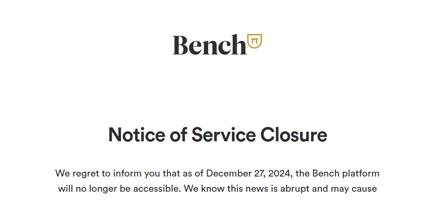The Benefits of Cloud Bookkeeping for Your Business In today’s fast-paced business environment,...
Understanding CRA Contractor Compliance: What You Need to Know
Navigating the complexities of CRA contractor compliance can be challenging, but with the right knowledge, you can ensure your business stays on the right side of the law.
The Significance of CRA Contractor Compliance
Ensuring compliance with the Canada Revenue Agency (CRA) regulations regarding contractors is crucial for any business that engages independent contractors. The CRA has specific criteria to distinguish between an employee and a contractor, and misclassification can result in significant financial penalties and legal repercussions.
Properly classifying workers not only helps in avoiding fines but also in maintaining a good business reputation. Understanding and adhering to CRA guidelines can also foster trust and transparency between businesses and their contractors.
Key Differences Between Contractors and Employees
One of the primary differences between contractors and employees lies in the nature of their work relationship. Employees typically work under the direction and control of the employer, have set working hours, and receive benefits such as health insurance and retirement plans. In contrast, contractors operate independently, set their own hours, and do not receive employee benefits.
Another crucial difference is the financial relationship. Contractors are generally paid per project or on a freelance basis and are responsible for their own taxes and expenses. Employees, however, receive a regular salary or hourly wage and their employer withholds taxes on their behalf.
How CRA Determines Contractor Status
The CRA uses several factors to determine whether a worker is an employee or an independent contractor. These include the level of control the business has over the worker, the financial investment and risk taken by the worker, and the worker's opportunity for profit.
Additionally, the CRA examines the nature of the work relationship, including whether the worker provides their own tools and equipment, the degree of integration into the business, and the permanency of the relationship. All these factors help the CRA decide the correct classification.
Common Mistakes to Avoid in Contractor Compliance
One common mistake businesses make is failing to properly document the working relationship. Clear, written contracts that outline the expectations and responsibilities of both parties can prevent misunderstandings and misclassification.
Another frequent error is treating contractors like employees in practice, even if they are classified differently on paper. This can include setting strict working hours, providing training, or integrating contractors too closely into the business operations. Such practices can lead to reclassification by the CRA.
Steps to Ensure Your Business is CRA Compliant
To ensure CRA compliance, start by conducting a thorough review of all work relationships. Evaluate each worker against CRA criteria to ensure proper classification. Having a clear, written agreement that specifies the nature of the working relationship is also essential.
Additionally, maintain good records of all payments made to contractors and ensure that contractors are aware of their tax obligations. Regularly reviewing CRA guidelines and seeking professional advice can also help in staying compliant and avoiding potential issues.

